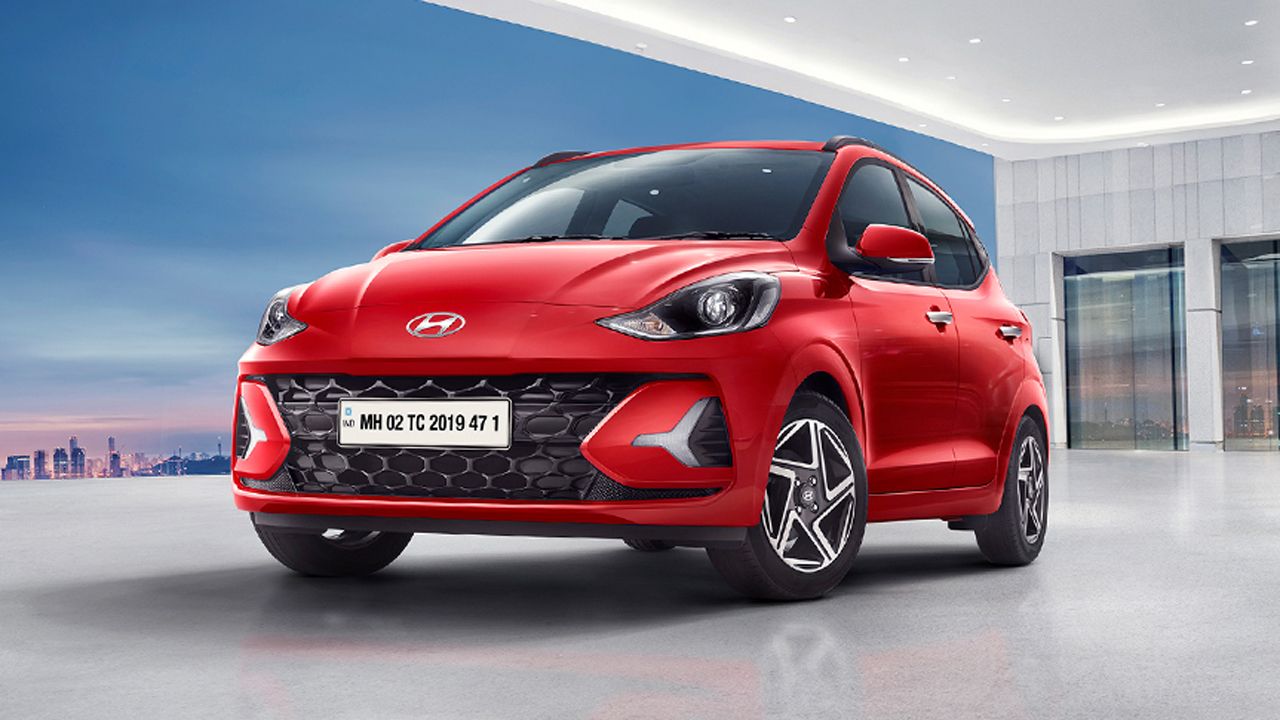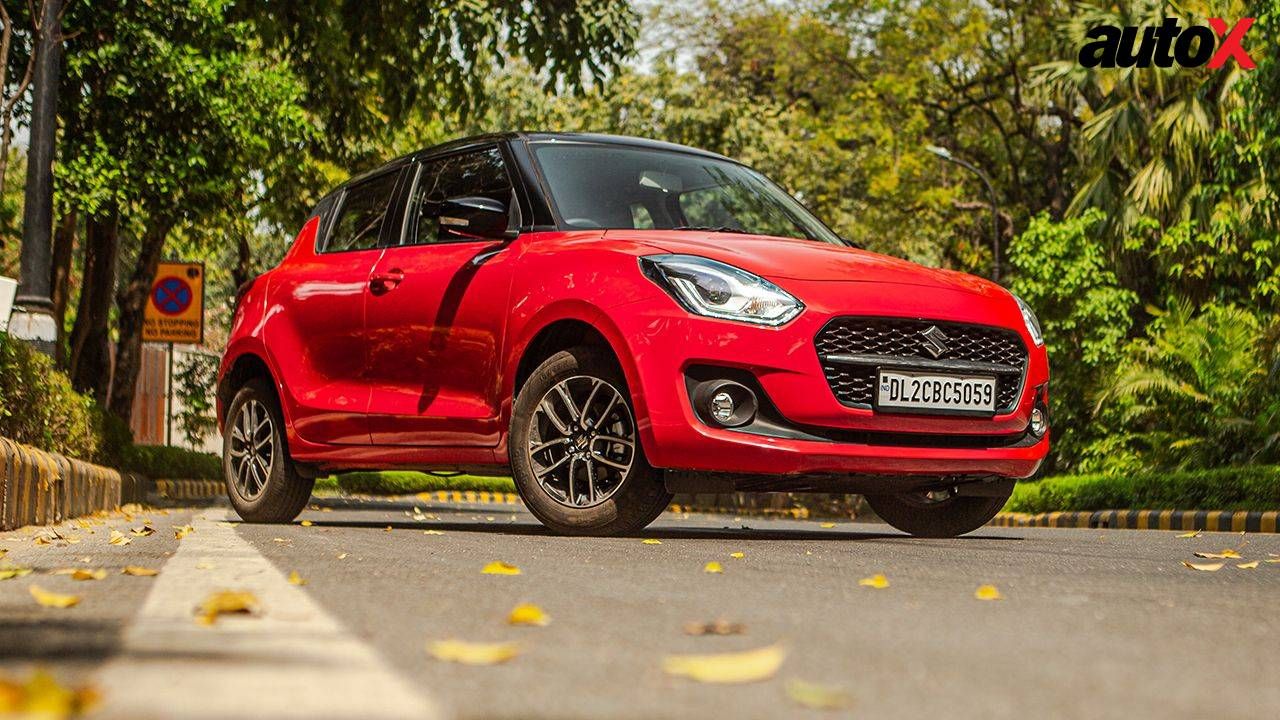
The Hyundai Grand i10 Nios and the Maruti Suzuki Swift are two of the most popular hatchback cars on the Indian market. Both offer ample cabin space and excellent driving dynamics, making them great options for those looking for a reliable and comfortable ride. The Grand i10 Nios offers a modern and stylish interior with a host of convenience and safety features, such as a touchscreen infotainment system, rear parking sensors, and airbags. The Swift, on the other hand, is a tried-and-tested car with a reliable engine, good fuel efficiency, and strong resale value. Both cars offer a great balance of features and performance, so choosing between them depends on individual needs. Here's a detailed comparison of the recently launched Hyundai Grand i10 Nios facelift and the Maruti Suzuki Swift in terms of specs, features, dimensions, and more.
Price
The 2023 Hyundai Grand i10 Nios has a starting price of Rs 5.68 lakh and goes as high as Rs 8.46 lakh. Priced at Rs 7.56 lakh and Rs. 8.11 lakh, respectively, are the two CNG variants on offer. All prices are ex-showroom. The Maruti Suzuki Swift, in contrast, has a higher price range, beginning from Rs 5.92 lakh to Rs 8.85 lakh (ex-showroom).
Also Read: Hyundai Grand i10 Nios Review: First Drive
Dimensions
The Swift by Maruti Suzuki measures 3,845mm in length, 1,735mm in width, and 1,530mm in height. It has a wheelbase of 2,450mm. The South Korean hatchback, on the other hand, has dimensions of 3,815mm in length, 1,680mm in width, and 1,520mm in height, with a 2,450mm wheelbase.
Features
A range of features, including idle engine start/stop, electronic stability control, hill start assist, projector headlamps, LED daytime running lights, fog lamps, a seven-inch touchscreen infotainment system, analogue instrument cluster with colour MID, cruise control, auto-folding ORVM, auto temperature control, a rearview camera with parking sensors, dual airbags, ABS, EBD, and connected car features through Suzuki Connect are included in the Maruti Suzuki Swift.
Coming to the all-new Grand i10 Nios, a wireless charging pad, footwell lights, USB Type-C ports, an updated instrument cluster, a few extra switches on the steering, hill start assist, hill descent control, electronic stability control, cruise control, ISOFIX anchors, a tyre pressure monitoring system, and vehicle stability management are just a few of the features that the 2023 facelift edition offers. All models of Hyundai come standard with four airbags. In addition, there is a rearview camera, six airbags, an eight-inch touchscreen infotainment system, automatic headlights, and rear parking sensors.
Mechanical Specifications
A 1.2-litre, four-cylinder, naturally aspirated petrol engine with idle engine start/stop powers the Swift CNG. In the CNG mode, this motor produces 77bhp of maximum power and 98.5Nm of peak torque instead of 90bhp and 113Nm. The CNG-powered model is coupled to a five-speed manual transmission, whereas the petrol-only model can be mated to either a five-speed manual or automatic transmission.
The 1.2-litre, four-cylinder, naturally aspirated petrol engine that powers the 2023 Grand i10 Nios facelift, on the other hand, produces 83bhp and 114Nm of torque. It is important to remember that Hyundai updated this engine to comply with new RDE standards. Additionally, it works with E20-grade fuel. It comes mated to a five-speed manual or AMT transmission. The CNG version of the motor has a five-speed manual gearbox and produces 68bhp and 95.2Nm of peak torque.
Mileage
The Swift's petrol manual model is said to have a fuel efficiency of 22.38km/l, while the petrol AMT model delivers 22.56km/l. A notable fuel efficiency for the CNG model is 30.90km/kg. The Grand i10 Nios facelift, on the other hand, has a claimed mileage of 20.7km/l for manual transmission and 20.1km/l for AMT transmission, respectively. The CNG-powered model has a 27.3km/kg fuel efficiency rating.
Also Read: Ford Figo Blu vs Maruti Suzuki Swift vs Hyundai Grand i10: Comparison
To sum up, the Hyundai Grand i10 Nios facelift offers an extensive list of features, including four airbags in every variant, but it lacks connected car technology. The Maruti Suzuki Swift has 7bhp and 8.5bhp of more power in the petrol and CNG modes, respectively, without sacrificing performance or fuel economy. Not to mention that it supposedly gets better fuel economy than the Grand i10 Nios facelift. The Maruti Suzuki Swift's prices range from Rs 5.92 lakh to Rs 8.85 lakh (ex-showroom), while the Hyundai Grand i10 Nios facelift's prices begin at Rs 5.68 lakh (ex-showroom).
























Write your Comment